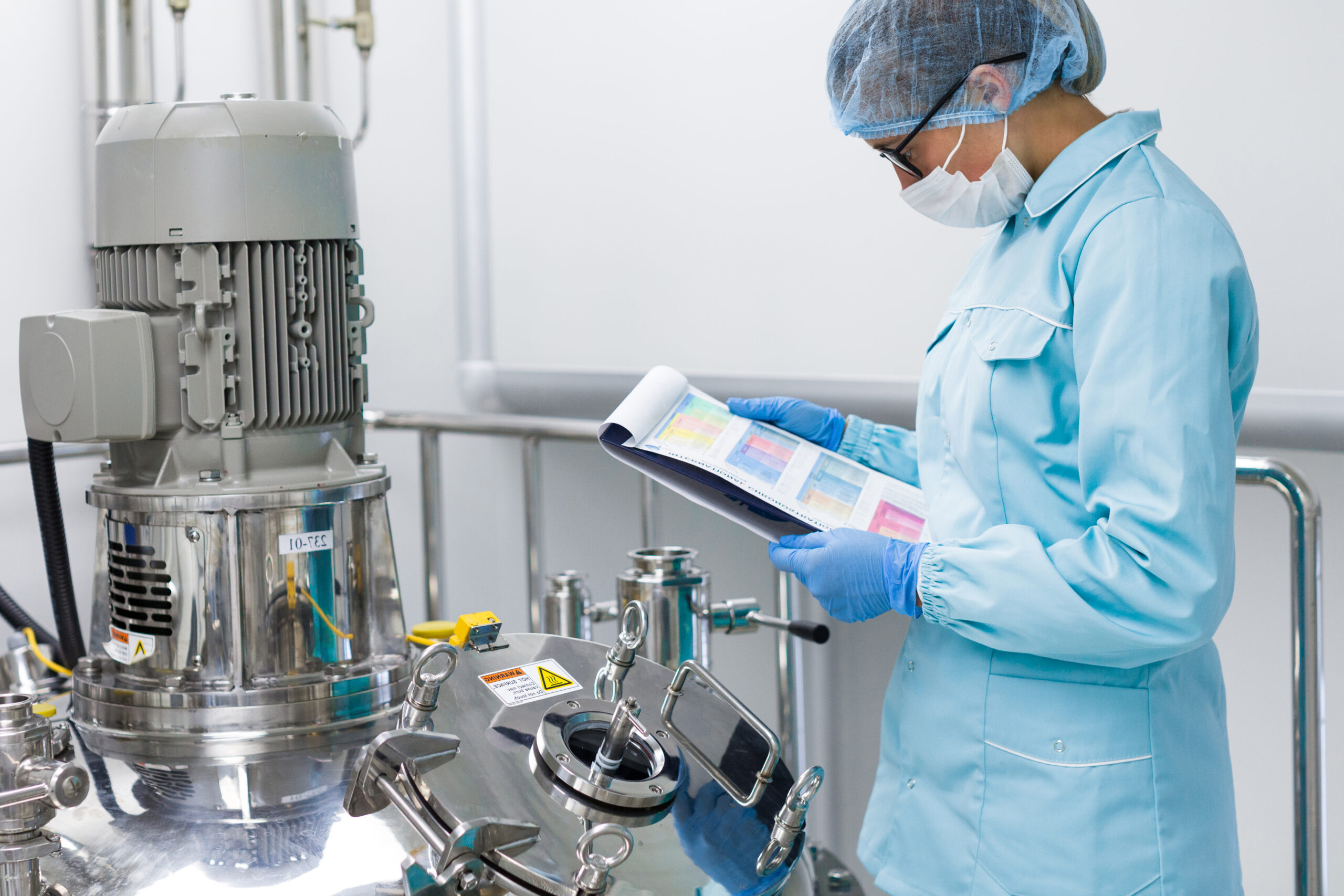The world of medicine is changing rapidly, and few fields demonstrate this better than cell and gene therapy (CGT). These cutting-edge therapies have the potential to treat — and even cure — some of the most complex diseases, including cancer, genetic disorders, and autoimmune conditions.
But behind every breakthrough therapy lies one crucial element that determines its success: Quality Control (QC). In the high-stakes world of advanced therapies, QC isn’t just a checkpoint — it’s the foundation for safety, consistency, and regulatory compliance.
This article explores how advanced quality control systems ensure safety in cell and gene therapy manufacturing, why they’re essential, and how they’re shaping the future of modern biopharma.
The Unique Challenge of Cell and Gene Therapy
Traditional pharmaceuticals rely on chemical synthesis, where batch consistency can be tightly managed. However, cell and gene therapies involve living materials — cells, tissues, or genetic vectors — that are inherently variable and sensitive.
Each patient’s cells may respond differently to processing, and even minor changes in environment or handling can impact product quality. Because of this, ensuring consistent quality is more challenging than ever before.
That’s where advanced quality control comes in — bridging the gap between innovation and safety.
What Is Quality Control in Cell and Gene Therapy?
Quality Control in CGT refers to the set of scientific and regulatory processes designed to ensure that every therapy meets its predefined standards for identity, purity, potency, and safety.
This includes testing raw materials, intermediates, and final products, as well as verifying that every production step follows Good Manufacturing Practices (GMP).
The main goals of CGT quality control are:
- Detecting impurities, contaminants, or genetic abnormalities.
- Ensuring consistency across production batches.
- Validating potency and therapeutic functionality.
- Maintaining product sterility and stability.
- Meeting stringent regulatory expectations from agencies like the FDA and EMA.
Why Advanced Quality Control Is Essential
1. Ensuring Patient Safety
Safety is the most critical factor in any therapeutic program. QC ensures that no harmful agents — such as bacteria, viruses, or endotoxins — are present in the therapy before it reaches patients.
For example, sterility testing, mycoplasma detection, and endotoxin assays are essential parts of every CGT release test.
2. Maintaining Product Consistency
Variability in living cells or vectors can affect therapy performance. Advanced analytical testing — such as flow cytometry, PCR assays, and potency bioassays — verifies that each dose performs as intended.
3. Supporting Regulatory Compliance
Regulatory agencies demand strong data-driven proof that a product is safe, pure, and effective. Advanced QC provides this validation through traceable documentation and robust analytical data.
4. Preventing Manufacturing Failures
Process deviations can compromise quality and lead to costly delays. Quality control teams use real-time monitoring and statistical process control to detect potential issues early and prevent failures before they occur.
5. Building Trust in Advanced Therapies
Public confidence in CGT depends on transparency and reliability. Quality control ensures that every treatment adheres to the highest standards of scientific and ethical integrity.
Advanced Quality Control Techniques in CGT
Today’s CGT developers use a mix of innovative testing technologies and automation-driven systems to strengthen quality control. Below are some of the key tools used in modern biopharma manufacturing:
Flow Cytometry: Evaluates cell phenotype, viability, and purity.
Quantitative PCR (qPCR): Detects vector copy numbers and genetic identity.
ELISA and Western Blotting: Quantify proteins and confirm expression levels.
Digital Data Management: Electronic batch records and data analytics improve traceability.
Automation and Robotics: Reduce manual errors in sample handling and testing.
These techniques are now being integrated with AI-powered analytics to enhance accuracy, speed, and reproducibility across the entire QC workflow.
Implementing Quality Control Across the CGT Lifecycle
1. Preclinical Phase
Before a therapy reaches human trials, QC focuses on validating the therapeutic mechanism, assessing vector safety, and confirming genetic integrity.
2. Clinical Development
During clinical testing, QC ensures consistent performance between batches, monitors patient samples for safety, and supports dose optimization.
3. Commercial Manufacturing
In large-scale production, QC teams verify that every product meets cGMP requirements, performs final release testing, and ensures long-term stability under controlled storage conditions.
Overcoming Quality Control Challenges in CGT
Despite significant advances, QC in CGT still faces several obstacles:
Limited Sample Availability: Especially in personalized therapies where patient-derived cells are scarce.
Rapid Turnaround Needs: Testing must keep up with fast production timelines.
Regulatory Complexity: Different global regions enforce varying QC standards.
Assay Validation: Developing robust, reproducible assays for novel therapies can be difficult.
To address these challenges, CGT developers are adopting modular QC platforms, standardized testing protocols, and collaborative partnerships with specialized analytical labs.
The Role of Collaboration in Quality Control
Collaboration between manufacturers, contract testing organizations (CTOs), and regulatory bodies is essential for ensuring quality and accelerating therapy approval.
By outsourcing specialized testing to experienced QC partners, developers gain access to:
- Validated assay platforms and GMP-certified labs.
- Expertise in complex bioanalytical and molecular testing.
- Scalable testing capacity for commercial readiness.
- These partnerships streamline operations and allow developers to focus on innovation while maintaining product safety and compliance.
The Future of Quality Control in Cell and Gene Therapy
The next generation of QC will be driven by digital transformation and intelligent automation. Emerging trends include:
- AI-driven predictive analytics for real-time process monitoring.
- Digital twins for virtual validation of manufacturing systems.
- Blockchain-based traceability for transparent data management.
These technologies will make QC faster, more accurate, and more cost-efficient — all while enhancing patient safety and product reliability.
Conclusion
As cell and gene therapy continues to redefine what’s possible in medicine, advanced quality control remains the invisible force ensuring that every product reaching patients is safe, effective, and consistent.
From raw materials to final release, quality control upholds the highest standards of manufacturing excellence and regulatory trust — turning scientific innovation into real-world healing.
Organizations like Xellera Therapeutics are at the forefront of integrating robust quality control systems into every stage of their cell and gene therapy programs, ensuring that each step — from development to delivery.
